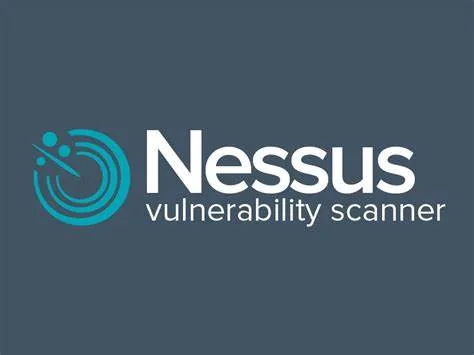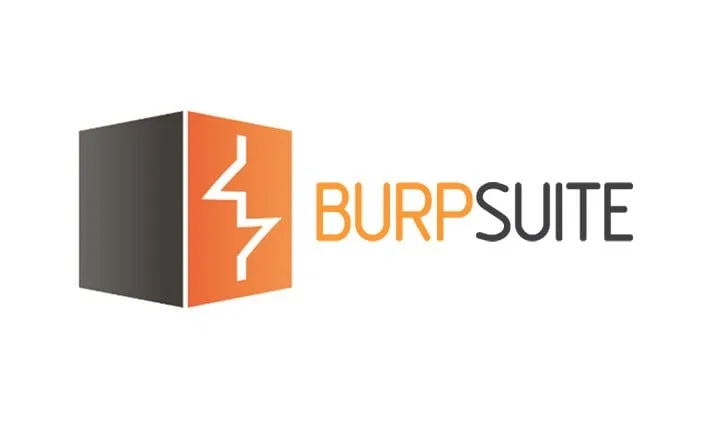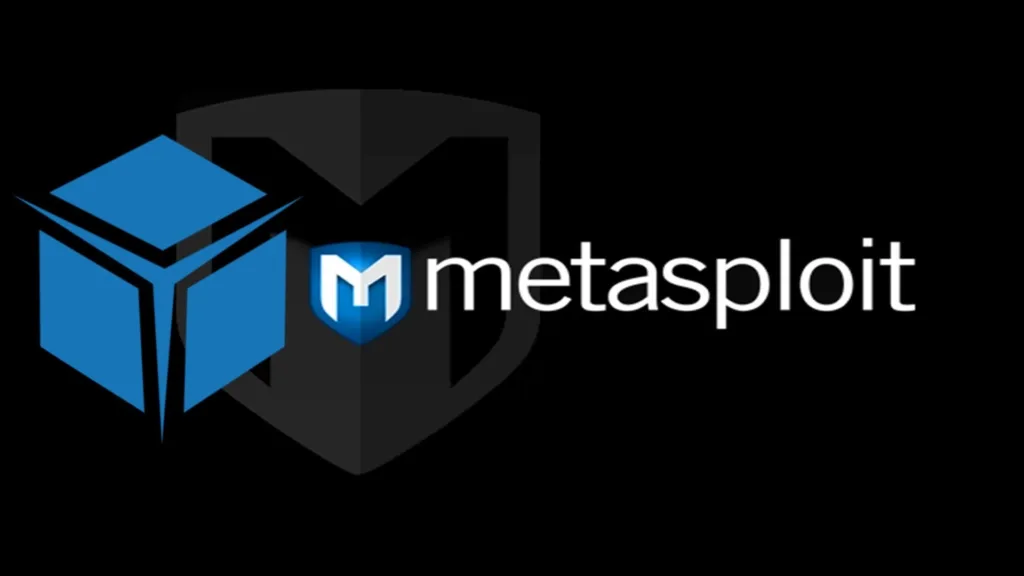Understanding the Basics of Vulnerability Management

1. Asset Discovery:
This involves identifying all of the devices, systems, and applications within an organization’s network. This is essential for understanding the scope of the attack surface and ensuring that all assets are properly monitored for vulnerabilities.
2. Vulnerability Scanning:
Vulnerability scanning tools are used to identify known vulnerabilities in the organization’s systems and applications. These tools scan for common vulnerabilities such as missing patches, misconfigurations, and outdated software versions.


3. Vulnerability Assessment:
Once vulnerabilities are identified, they are assessed to determine their potential impact on the organization’s security posture. Vulnerabilities are often categorized based on their severity and likelihood of exploitation.
4. Prioritization:
Not all vulnerabilities are equal in terms of risk. Prioritization involves identifying the most critical vulnerabilities that pose the greatest threat to the organization’s security and need to be addressed urgently.


5. Remediation:
Remediation involves mitigating or eliminating vulnerabilities through actions such as applying patches, updating software, reconfiguring systems, or implementing additional security controls. It is important to have a structured and documented process for addressing vulnerabilities to ensure they are effectively remediated.
6. Monitoring and Reporting:
Vulnerability management is an ongoing process that requires continuous monitoring of the organization’s systems for new vulnerabilities and threats.

How to Implement Automated Vulnerability Management?

1. Identify your organization’s assets:
It is important to understand and document all of the assets within your organization, including hardware, software, and cloud services.
2. Assess and prioritize vulnerabilities:
Conduct regular vulnerability assessments to identify potential security risks. Prioritize vulnerabilities based on their severity and potential impact on your organization.


3. Choose a vulnerability management tool:
Select a vulnerability management tool that aligns with your organization’s needs and budget. Look for a tool that offers automation capabilities and integrates with your existing security infrastructure.
4. Configure the tool:
Set up the vulnerability management tool to scan your organization’s network and systems for vulnerabilities automatically. Configure the tool to generate reports and alerts when vulnerabilities are detected.


5. Implement remediation plans:
Develop and implement remediation plans for identified vulnerabilities. Prioritize fixing critical vulnerabilities first and ensure that patches and updates are applied in a timely manner.
6. Monitor and track progress:
Continuously monitor the effectiveness of your vulnerability management program. Track progress in remediating vulnerabilities and adjust your approach as needed.


7. Train staff:
Provide training to staff members on how to use the vulnerability management tool effectively and how to respond to vulnerability alerts.
best automation tools

1. OWASP ZAP (Zed Attack Proxy) –
This open-source web application security scanner is one of the most popular tools for finding vulnerabilities in web applications. It can be used to automatically search for security flaws in web applications during development and testing.
2. Nessus –
This vulnerability scanning tool can detect vulnerabilities in hosts and networks by actively scanning the systems for known vulnerabilities and security issues.


3. Burp Suite –
This comprehensive web application security testing tool can be used for automated scanning, detection, and exploitation of vulnerabilities in web applications.
4. Acunetix –
This web vulnerability scanner is used to automatically scan websites and web applications for common security vulnerabilities like XSS, SQL injection, and more.


5. Metasploit –
This popular penetration testing tool includes a wide range of modules that can be used to identify and exploit vulnerabilities in various systems and applications.
Discover the impenetrable shield of cybersecurity for your business. Partner with Eshield IT Services today to fortify your defenses. Reach out to us at Contact us or via email at [email protected]. Direct inquiries and consultations can be made at +971-487-441-45 or through WhatsApp. Safeguard your business while unlocking its true potential














